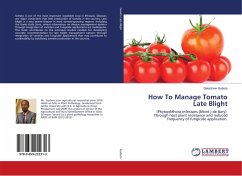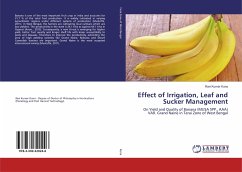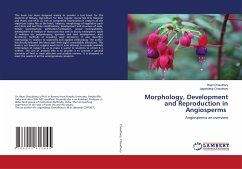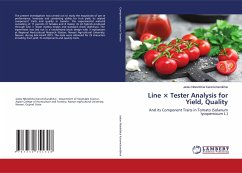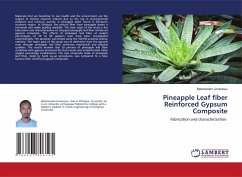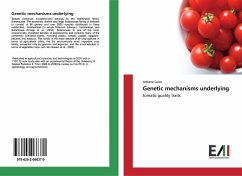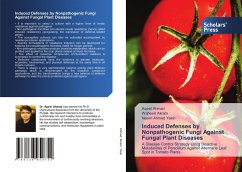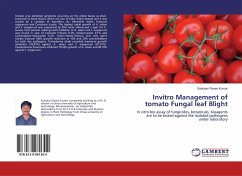
Invitro Management of tomato Fungal leaf Blight
In vitro bio assay of fungicides, botanicals, bioagents are to be tested against the isolated pathogens under laboratory
Versandkostenfrei!
Versandfertig in 6-10 Tagen
36,99 €
inkl. MwSt.

PAYBACK Punkte
18 °P sammeln!
Tomato crop exhibited symptoms occurring on the oldest leaves as small, brownish to black lesions which are due to foliar blight disease and it was caused by a complex of mycoflora viz, Alternaria solani, Fusarium oxysporum and Curvularia lunata. The highest radial growth of A. solani and F. oxysporum was supported by PDA while Sabouraud s agar for C. lunata. Cent percent radial growth inhibition of A. solani and F. oxysporum was found in case of Carboxin+Thiram 0.2%, Hexaconazole 0.1% and Carbendazim+Mancozeb 0.2%. Garlic+Neem+Datura and only garlic extract induced 100% growth reduction at 10...
Tomato crop exhibited symptoms occurring on the oldest leaves as small, brownish to black lesions which are due to foliar blight disease and it was caused by a complex of mycoflora viz, Alternaria solani, Fusarium oxysporum and Curvularia lunata. The highest radial growth of A. solani and F. oxysporum was supported by PDA while Sabouraud s agar for C. lunata. Cent percent radial growth inhibition of A. solani and F. oxysporum was found in case of Carboxin+Thiram 0.2%, Hexaconazole 0.1% and Carbendazim+Mancozeb 0.2%. Garlic+Neem+Datura and only garlic extract induced 100% growth reduction at 10% and 20% concentrations for both the pathogens. Trichoderma viride recorded maximum growth inhibition (78.97%) against A. solani and F. oxysporum (81.27%). Pseudomonas fluorescens inhibited 79.35% growth of A. solani and 80.70% against F. oxysporum.




